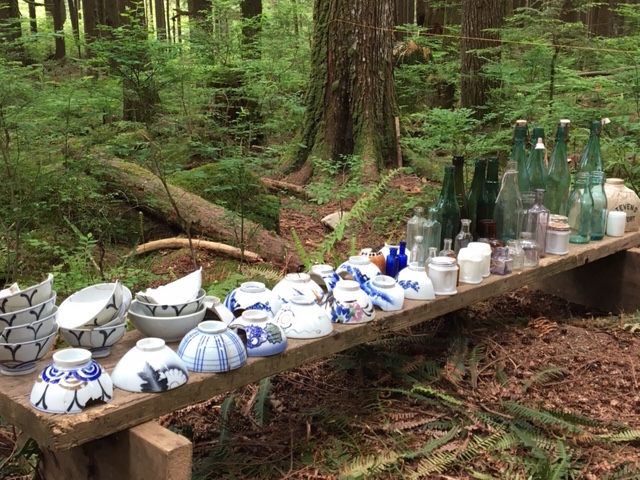|
|
Post by librarylady on Sept 8, 2024 21:59:14 GMT
At first, it didn’t look like much: a clearing about an hour’s walk into the dense forest of British Columbia’s Seymour Valley, with some rusted cans scattered among the dank leaves and moldy tree trunks. It was 2004, and Bob Muckle, an archaeologist and anthropology instructor at Capilano University, was looking for a site to teach his students excavation. When a forester told him about the household artifacts locals had found in the clearing, Muckle assumed the area had been an early-1900s logging camp, one of the many small settlements that housed men who worked in the area’s timber industry.
But when the team started digging, they uncovered something unexpected: delicate, intact, blue-and-white china rice bowls whose undersides were stamped “Made in Japan.” Excavations quickly unearthed more objects—sake bottles, ceramics—suggesting the camp had been occupied not by transient loggers, but by a community of about 50 to 60 Japanese Canadians, including women and children, over a period of 20 years. 
|
|